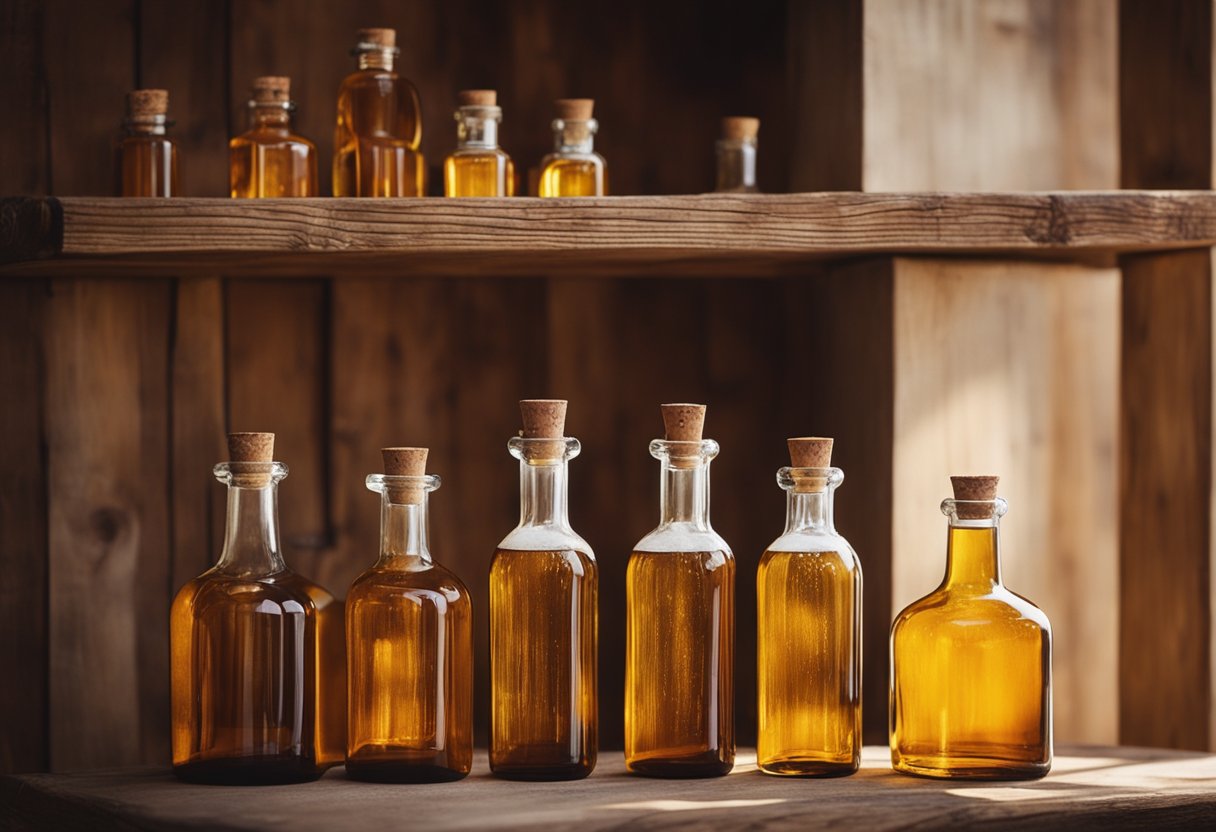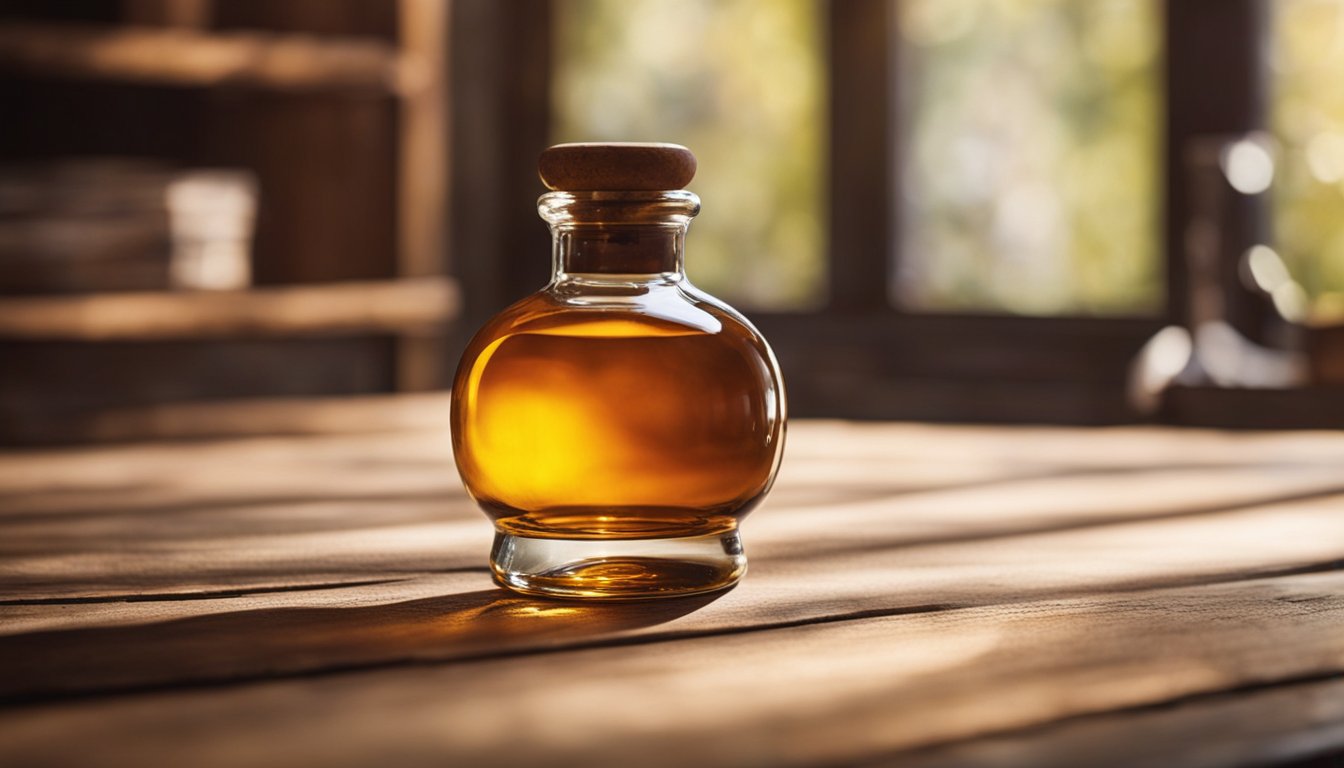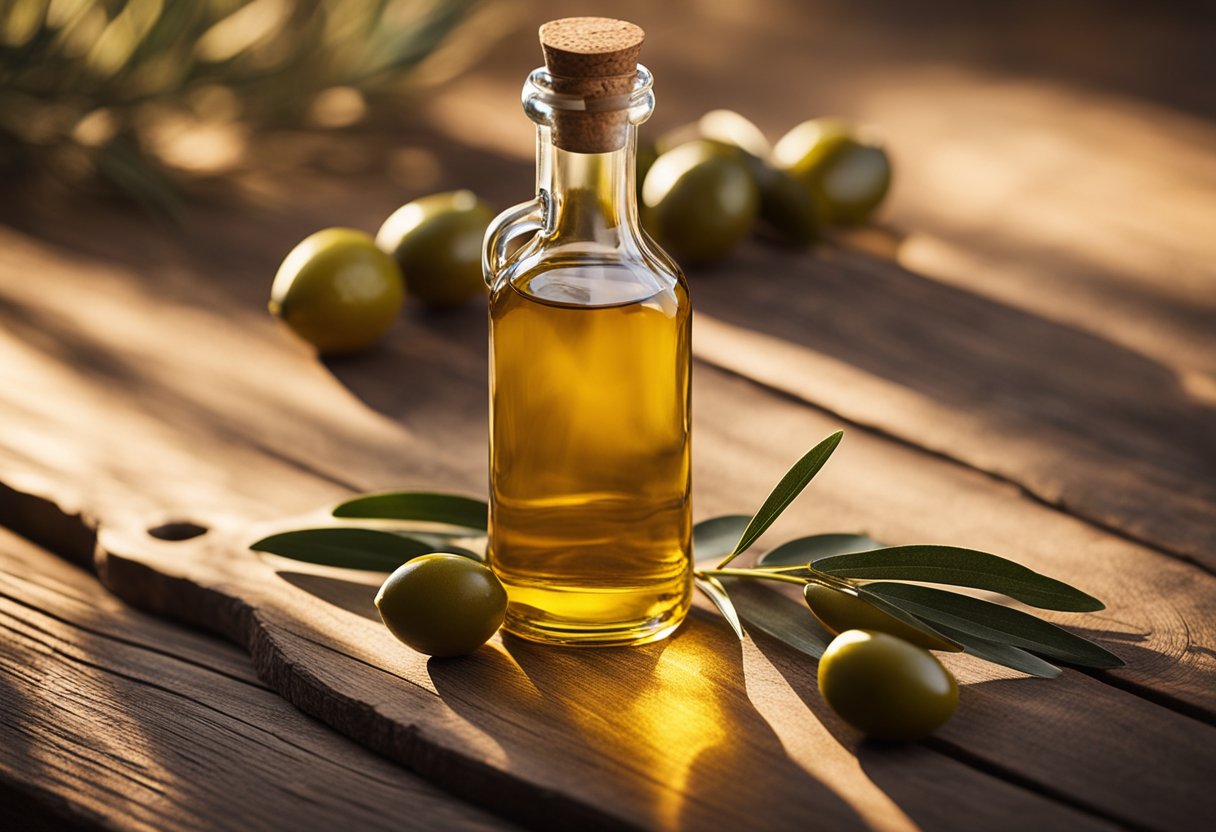Are you looking for a way to store your honey that is both practical and aesthetically pleasing? Look no further than honey glass bottles. These bottles are not only functional but also add a touch of elegance to your kitchen or dining table.

Honey glass bottles come in a variety of shapes and sizes, making them a versatile option for storing your honey. From classic mason jars to unique hexagon-shaped bottles, there is a honey glass bottle to fit any style or preference. Plus, glass is a great material for storing honey as it does not absorb any odors or flavors, ensuring that your honey stays fresh and delicious.
If you are a beekeeper, honey glass bottles are a great option for packaging and selling your honey. The clear glass allows customers to see the beautiful golden color of the honey, while the airtight seal keeps it fresh and prevents any leaks. Plus, the reusable nature of glass bottles makes them an eco-friendly choice for packaging your honey.
History of Honey Packaging

If you ever wondered how honey was packaged in the past, you will be fascinated to learn about the evolution of honey bottles. In this section, we will explore the history of honey packaging, including the evolution of honey bottles and glass bottling techniques.
Evolution of Honey Bottles
The first honey bottles were not specifically designed for honey. Instead, honey was stored in whatever container was available, such as ceramic pots or animal skins. It wasn’t until the 19th century that honey bottles were designed specifically for honey.
One of the first honey bottles was the Muth jar, which was invented in the United States in the mid-1800s. The Muth jar was made of glass and had a cork stopper. It was designed to be used for honey and had a unique shape that made it easy to pour honey.
Over time, honey bottles evolved to be more convenient and user-friendly. In the 1950s, the honey bear bottle was invented. The honey bear bottle is a plastic bottle shaped like a bear, with a screw-on cap and a spout for easy pouring. It quickly became popular because of its cute design and convenience.
Glass Bottling Techniques
Glass is a popular material for honey bottles because it is inert, meaning it does not react with the honey. This helps to preserve the flavor and quality of the honey.
Glass bottling techniques have evolved over time to make it easier to produce honey bottles. One of the earliest techniques was hand-blowing, which involved blowing glass into a mold to create the shape of the bottle. This was a time-consuming and expensive process.
Today, most honey bottles are made using automated glass-blowing machines. These machines can produce thousands of bottles per hour, making honey bottling more efficient and cost-effective.
Honey packaging has come a long way over the years. From storing honey in ceramic pots and animal skins to using specialized glass bottles, honey packaging has evolved to be more convenient and user-friendly. Glass bottling techniques have also evolved to make it easier and more cost-effective to produce honey bottles.
Benefits of Glass Bottles for Honey

When it comes to storing honey, glass bottles are a popular choice for many reasons. Here are some of the benefits of using glass bottles for honey:
Preservation of Quality
Glass is a non-porous material, which means it does not allow air or bacteria to enter the container. This makes glass bottles an ideal choice for storing honey, as it helps to preserve the quality and flavor of the honey for a longer period of time. In contrast, plastic bottles are more permeable, which means they can allow air and bacteria to enter the container and affect the quality of the honey.
Additionally, glass bottles are heat-resistant, which means they can withstand high temperatures without degrading or breaking down. This is important when it comes to storing honey, as exposure to high temperatures can affect the flavor and quality of the honey.
Sustainability and Recycling
Glass is a natural material that is easy to recycle. Unlike plastic, which can take hundreds of years to decompose, glass can be recycled indefinitely without losing its quality or purity. This makes glass bottles a more sustainable choice for storing honey, as they can be recycled and reused multiple times.
Furthermore, glass bottles are a more eco-friendly option than plastic bottles, as they do not leach harmful chemicals into the environment. Plastic bottles, on the other hand, can release harmful chemicals into the environment during the manufacturing process and when they are disposed of improperly.
Overall, using glass bottles for honey is a smart choice for both the quality of the honey and the environment. By choosing glass bottles, you can help to preserve the quality and flavor of your honey while also reducing your environmental impact.
Design Considerations for Honey Glass Bottles

When designing a honey glass bottle, there are several factors to consider to ensure that the bottle is both functional and visually appealing. In this section, we will discuss two key design considerations: labeling and branding, and functional design features.
Labeling and Branding
When it comes to labeling and branding your honey glass bottle, it is important to consider the size and placement of your label. The label should be large enough to clearly display your brand name, logo, and any relevant information about the honey, such as the type of honey, its origin, and any certifications it may have.
In addition to the label, you may also want to consider adding a tag or ribbon to the bottle to further enhance its visual appeal. This can help your product stand out on the shelf and make it more attractive to potential customers.
Functional Design Features
When designing a honey glass bottle, it is important to consider its functional design features. For example, you may want to consider the shape and size of the bottle, as well as the type of cap or closure that will be used.
One popular option for honey bottles is a Green Olive Oil Bottle, which features a narrow neck and a pour spout for easy dispensing. Another option is a jar with a wide mouth, which can make it easier to scoop out honey with a spoon.
It is also important to consider the thickness of the glass, as well as any decorative elements that may be added to the bottle, such as embossing or etching. These elements can add to the visual appeal of the bottle, but they should not compromise its functionality or durability.
Overall, when designing a honey glass bottle, it is important to strike a balance between form and function. By considering both the visual and functional aspects of the bottle, you can create a product that is both attractive and practical for your customers.
Production Process of Honey Glass Bottles
When it comes to producing honey glass bottles, there are two main aspects to consider: material selection and manufacturing techniques.
Material Selection
The quality of the glass used to produce honey glass bottles is of paramount importance. Glass is made from a combination of sand, soda ash, and limestone. The quality of the glass depends on the purity of these raw materials. For example, impurities in the sand can cause bubbles in the glass, which can weaken the bottle.
Manufacturers also need to consider the thickness of the glass and the color of the glass. Thicker glass is more durable but can be heavier and more expensive. Colorless glass is the most common for honey glass bottles, but amber and green glass can also be used to protect the honey from light exposure.
Manufacturing Techniques
The manufacturing process for honey glass bottles involves several steps. First, the raw materials are melted in a furnace at a temperature of around 1700°C. Once the glass is molten, it is shaped into bottles using either the press-and-blow or blow-and-blow technique.
The press-and-blow technique involves a plunger pressing the molten glass into a mold to create the bottle’s neck and bottom. The mold is then removed, and compressed air is blown into the bottle to shape it. The blow-and-blow technique involves blowing air into the molten glass to create a bubble, which is then shaped into a bottle using a mold.
After the bottle is formed, it goes through a process called annealing, where it is slowly cooled to room temperature to relieve any internal stresses. The bottles are then inspected for defects and sent to be cleaned and labeled.
Overall, the production process of honey glass bottles requires careful attention to detail to ensure the quality and durability of the final product.
Marketing and Consumer Preferences
Trends in Honey Packaging
When it comes to marketing honey, packaging plays a crucial role in attracting consumers and influencing their purchasing decisions. In recent years, there has been a growing trend towards glass packaging for honey products. Glass bottles are not only visually appealing but also offer several benefits over other packaging materials. For instance, glass is non-reactive and does not leach harmful chemicals into the honey. Additionally, glass bottles are eco-friendly, as they are 100% recyclable.
One popular example of a glass bottle used for honey is the Green Olive Oil Bottle. This bottle is made of high-quality glass and features a sleek, modern design that is perfect for showcasing premium honey products. The bottle is also available in different sizes, making it suitable for a wide range of honey products.
Consumer Attitudes Towards Glass Packaging
Consumer attitudes towards glass packaging for honey are generally positive. According to a study by the National Honey Board, consumers perceive glass packaging to be of higher quality and more visually appealing than other packaging materials like plastic or metal. Glass packaging is also associated with premium products, which can help increase the perceived value of honey products.
In addition to its aesthetic appeal, glass packaging is also preferred by consumers because it is more eco-friendly. According to a survey by Trivium Packaging, 87% of consumers believe that glass packaging is better for the environment than plastic packaging. Glass is also seen as a more sustainable option, as it can be recycled infinitely without losing quality.
Overall, glass packaging is a popular choice for honey products, as it offers several benefits over other packaging materials. From its eco-friendliness to its aesthetic appeal, glass packaging is a great way to showcase premium honey products and attract consumers.















